Tachycardia
The heart is among the most important organs in the body. It is a part of the cardiovascular system and has the role to pump the fresh oxygenated blood rich in nutrients through the blood vessels throughout the body. Thus, its role is indispensable, which is why it is very important to maintain our heart healthy. However, the heart can be affected by many disorders and diseases.
One of the heart disorders is tachycardia or rapid heart rate. The ideal heart rate is 80 heartbeats per minute. However, the normal heart rate in adults is considered to be in the range from 60 to 100 heartbeats per minute, while in infants, it can be even to 110 heartbeats per minute. Tachycardia is the condition when the heart rate is above 100 heartbeats per minute, but it is not a life-threatening condition and people who suffer from it can live normally.

It is normal that the blood flow increases after eating since more blood is necessary in order to digest the food. However, tachycardia after eating is not quite common condition. There are two types of tachycardia: sinus tachycardia and non-sinus tachycardia.
Sinus tachycardia comes from the sinus node, which is the heart’s natural pacemaker, and can be appropriate and inappropriate. Non-sinus tachycardia can be supraventricular and ventricular. While the supraventricular tachycardia originates from the upper heart chambers, the ventricular tachycardia comes from the lower heart chambers.
- This study examined the effect of consuming meals differing in macronutrient content on heart rate variability and systemic hemodynamics at rest and during mental stress in healthy young adults. Regardless of meal content, there were significant postprandial changes in resting measures of hemodynamics and autonomic function. On average, resting diastolic blood pressure decreased by 2.5 mmHg and cardiac output was reduced by 1.1 l/min two hours postprandially.
- There were significant post-meal changes in resting diastolic blood pressure (?4%), cardiac output (+18%), total peripheral resistance (?17%), and interleukin-6 (?27%).
- Heart rate variability and hemodynamic reactivity to stress was not affected by meal content.
Causes of tachycardia after eating
Tachycardia after eating may appear due to a number of various reasons. For example, in some people it only appears after eating sugar, while, on the other hand, in some people it appears after eating processed food. Therefore, the kind of food determines its occurrence. When one eats heavy foods rich in saturated fat and sodium without drinking enough water, the blood may become thicker and the heart must work harder. Furthermore, high cholesterol levels also cause the heart to work harder leading to tachycardia.
Tachycardia after eating may also be caused by heart disease, as well as by lung disease and problems with blood circulation. Tachycardia after eating may appear also due to the excessive consummation of caffeine or some other stimulants. Furthermore, rapid heart rate after eating may be induced by taking certain medicines. Other causes of this condition may include severe acid reflux disease, anxiety, night sweats and hiatus hernia. Rarely, liver or kidney damage may lead to the occurrence of tachycardia after eating.


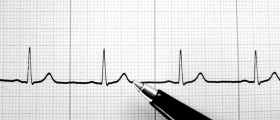
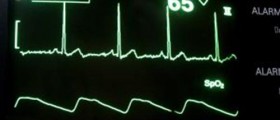
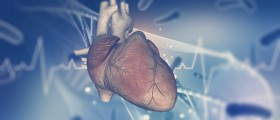
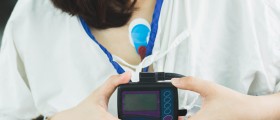

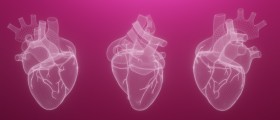
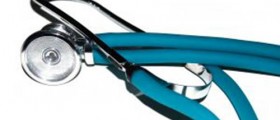

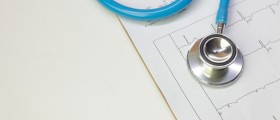
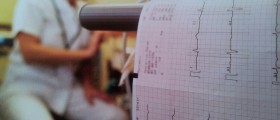

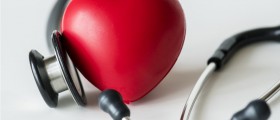
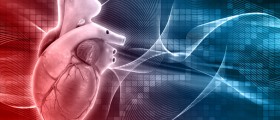

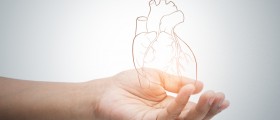
Your thoughts on this
Loading...